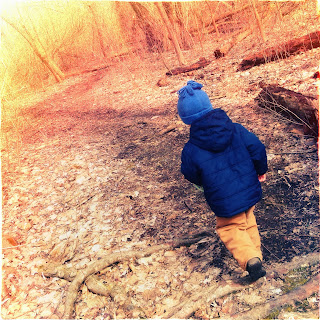Developing an Asychronous, Creativity-centered Approach to Curriculum (part 1)
Over the past six months, I have been working very closely with a science teacher to design and implement a new approach to the science curriculum. While many of the ideas we decided to use are not new, the combination of strategies creates an approach that is truly individualized for each student.
The first step on the path is planning: gone are the standard lesson plans that most of us have used throughout our teaching careers. In their place are learning experience plans that are designed for each learning goal. The plan is composed of four parts based on the Torrence Incubation Model for teaching creativity. For more information on the model, check out this great video from the International Center for Studies in Creativity.
Learning Experience Plan:
Stage 1: Heightening Anticipation
This stage prepares learners to make connections between what they are expected to learn and something meaningful in their lives. It draws them into the learning opportunities to follow in stages 2 & 3.
Stage 2: Deepening Expectations
This stage works to sustain the motivation created in stage 1 and encourages deeper exploration of a topic. During this stage, it important that students are allowed to explore and discover. Information should not be disseminated through direct delivery during this participatory stage. Instead, students are given a choice of activities to participate in. Tolerance for ambiguity is paramount for both teacher and learner, as students must discover critical knowledge on their own terms.
Stage 3: Extending the learning
During this stage, students continue with individually chosen participation/anticipation experiences, but the tasks shift from discovery to application. Activities are designed to give students the opportunity to show what they have learned. Demonstration of understanding is individualized, determined by each student. The teacher is encouraged to provide a wide selection of activities for students to choose from, with the additional option of student-designed alternatives.
Stage 4: Self-evaluation and reflection, plan for the future
Self-evaluation and reflection will occur throughout the learning process, and will guide the students towards their learning goals. They will be encouraged to take ownership of their learning as they evaluate their own individual growth, then determine for themselves the steps they must take to move forward towards reaching their goals.
In order to facilitate an asynchronous classroom, learning experience plans for each of the learning goals must be completed prior to the start of a major unit of study. Students are encouraged to select the learning goals in the sequence that works best for them. They are not required to finish one learning experience before starting another. This is a critical piece of the equation... Students need the freedom to direct their own learning, at a pace that meets their needs.
The next post in this series will look at some of the activities appropriate for stages 2 & 3 based on the Torrence model.


Comments
Post a Comment